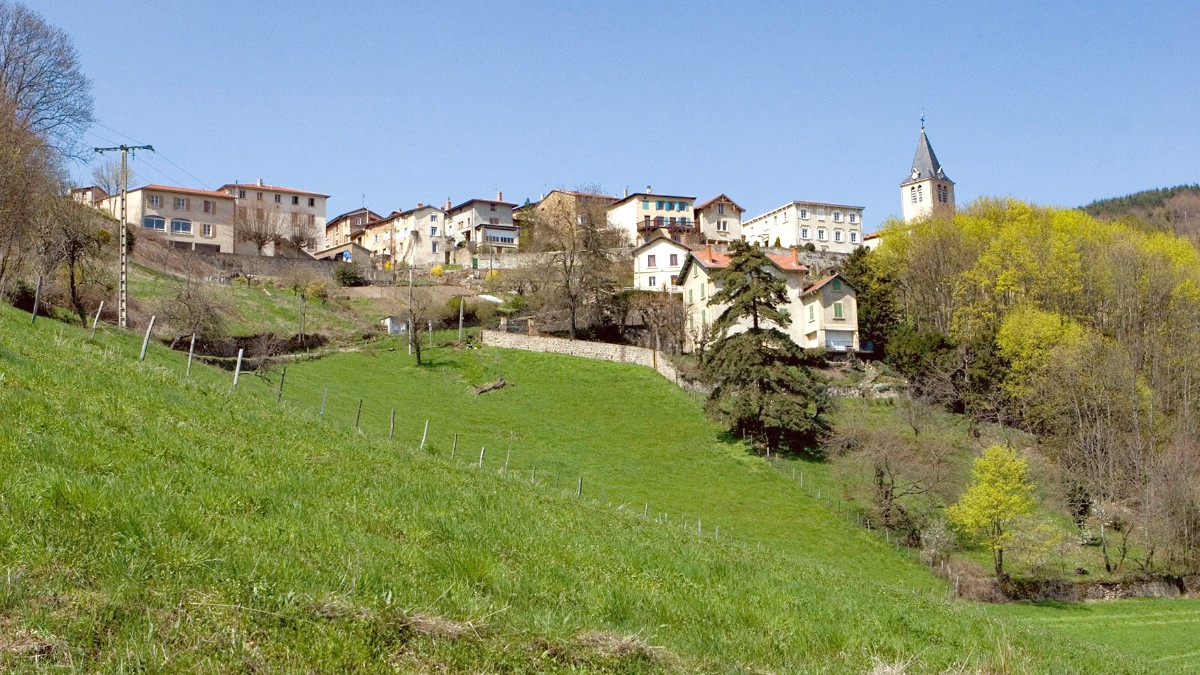
France
Beaujolais cuisine takes inspiration from its proximity to Lyon, France's gastronomic capital. This influence means a focus on quality ingredients and traditional cooking.
Historically, the food sustained vignerons (winegrowers) and farmers through long days of work. This culinary heritage celebrates the bounty of the land and the simple pleasures of good food and wine.
Pork (charcuterie), poultry (Bresse chicken), local cow's and goat's milk cheeses, seasonal fresh vegetables, forest mushrooms, and river fish (pike, perch).
Beaujolais cuisine often features rich, savory flavors. Wine frequently incorporated into sauces, adding depth. Herbs like parsley, thyme, bay leaf, tarragon are common, alongside garlic and onions.
While consistency in Beaujolais cuisine exists, individual villages and restaurants might have their own special interpretations of regional dishes, offering slight refinements.
Chicken braised in red Beaujolais wine, typically with mushrooms, lardons (bacon), and onions, creating a rich sauce.
Find in traditional restaurants like "bouchons" or "auberges."
Cured sausages, widely available. Saucisson is a large, cooked sausage. Rosette is a dry-cured sausage, excellent as an appetizer.
A specialty from nearby Lyon, popular in Beaujolais.
A coarse-grained sausage mainly with pork or veal offal. It has a distinct, strong flavor, resulting in an acquired taste for some. Often grilled or pan-fried with mustard.
A true regional specialty for adventurous eaters.
A classic French dessert: an upside-down caramelized apple tart, often served with crème fraîche or vanilla ice cream.
Bright pink pralines, almonds coated in pink-dyed caramelized sugar. A Lyon specialty, used in Beaujolais confectionery, especially "Tarte aux Pralines."
While not as numerous as in Lyon, a few Michelin-starred or highly-rated restaurants are available in Beaujolais. These present sophisticated gastronomic experiences, showing local produce with refined techniques.
These are abundant in towns like Villefranche-sur-Saône and many Cru villages. They present traditional French and regional cuisine in a comfortable setting.
Traditional street food is less prevalent in rural Beaujolais. Bakeries (boulangeries) and patisseries are present everywhere for quick, delicious meals.
Local markets in towns like Villefranche-sur-Saône, Beaujeu, and Belleville are a must-visit. They are great for finding fresh produce, local cheeses, charcuterie, and bread.
Check local tourist office calendars for market days.
Outside of Villefranche-sur-Saône, international cuisine options are limited. The focus in Beaujolais is mainly on French and regional cuisine.
For diverse international food, Lyon presents a broader selection.
Use Google Translate (offline French pack recommended).
Carry printed cards explaining dietary restrictions in French. (Amazon.com)
Apps like HappyCow may locate vegetarian/vegan options in larger areas.
Cross-contamination is a risk in kitchens not specifically set up for allergen-free cooking.
Halal and kosher options are extremely limited in Beaujolais. It is best to self-cater if you possess these diets or inquire specifically with restaurants beforehand.
Success is not guaranteed.
Awareness of gluten-free ("sans gluten") and other allergens is increasing but not as widespread as in some other countries. Clearly communicate your specific allergies.
A translation card is very helpful.
Crème brûlée: A rich custard dessert with a crisp, torched caramel sugar topping. A classic French sweet ending.
Street food in the traditional sense is less prevalent in rural Beaujolais. However, bakeries (boulangeries) and patisseries present excellent choices for quick meals.
An annual region-wide celebration on the third Thursday of November, marking the release of the new wine.
Each of the 10 Cru villages often hosts its own annual festival, celebrating its specific wine and local heritage.
Throughout the summer, many villages host small fêtes celebrating local produce, crafts, patron saints, or historical events.
Explore regional cookbooks for a dive into Beaujolais recipes and culinary traditions.
Look for titles on French country cooking.
A guide dedicated to Beaujolais wines helps in understanding pairings with local dishes.
Many specialized wine guides are available online. (Amazon.com)
Beaujolais cuisine is simple, emphasizing fresh, high-quality local produce like pork, poultry, and vegetables.
Meals are leisurely, wine is central, and local customs like greeting staff are observed.
Beaujolais wines are integral to the cuisine, featuring in dishes and complementing meals.
Exploring Beaujolais' culinary landscape is a journey into authentic French flavors.